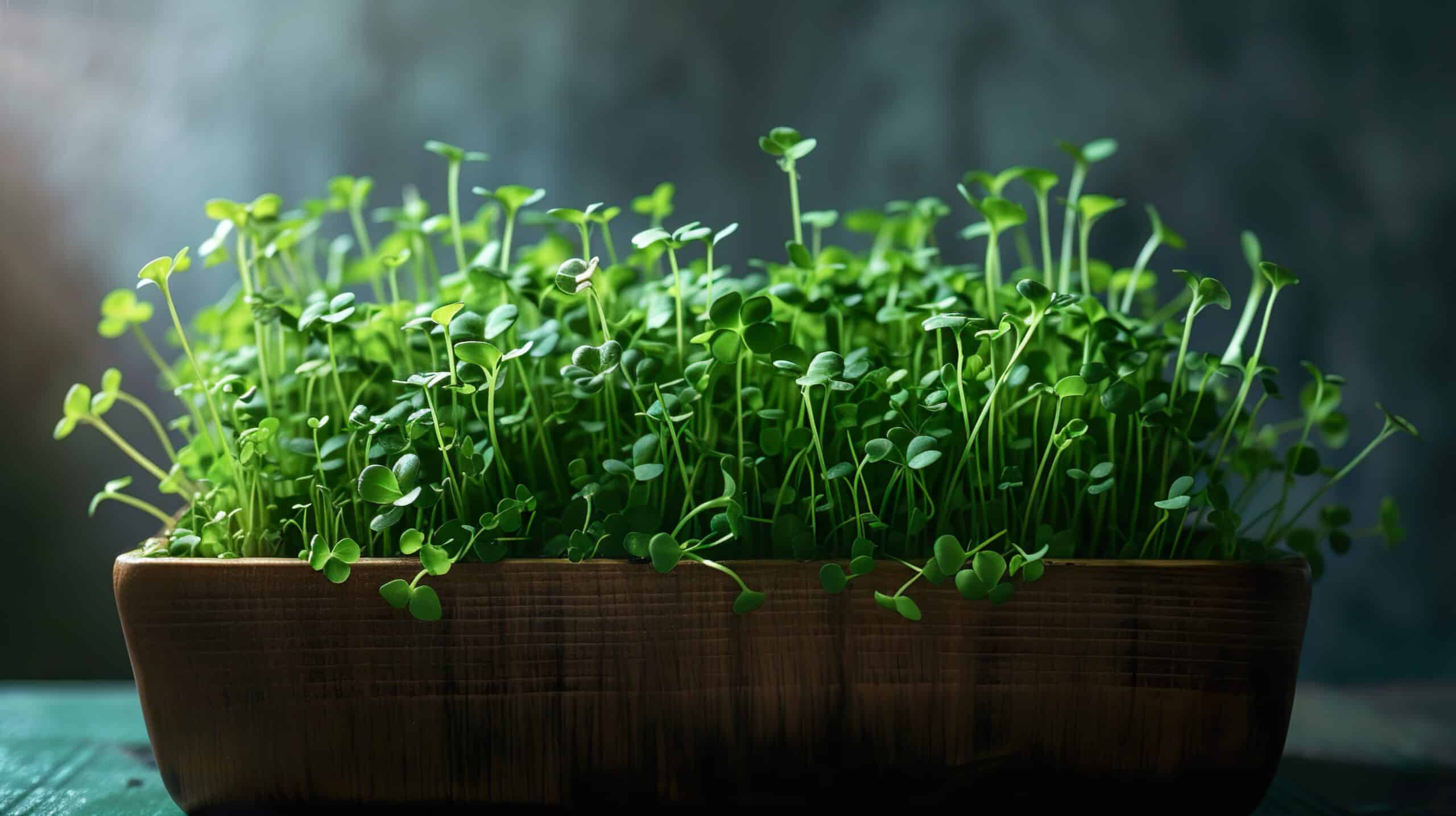Do You Have to Wash Microgreens?
Key Takeaways
- Microgreens should be washed before eating to remove dirt, debris, and potential contaminants.
- Washing microgreens helps eliminate potential health risks and reduces the risk of foodborne illnesses.
- The washing process involves rinsing microgreens under running water, gently swishing them to remove dirt, and patting them dry with a paper towel or using a salad spinner.
Microgreens have gained popularity in recent years due to their nutritional value and versatility in culinary applications. These tiny, nutrient-dense plants are harvested at an early stage of growth, usually within 7-14 days after germination. But do you need to wash microgreens before consuming them? The answer is a resounding yes.
The Importance of Washing Microgreens
Several reputable sources and experts agree that microgreens should be washed before eating. According to Practical Growing, microgreens need to be washed to remove any dirt, debris, or potential contaminants that may be present on the plants. Quantum Microgreens also emphasizes that invisible bacteria, yeast, and fungi floating in the air can land on microgreens, making it crucial to wash them to eliminate any potential health risks.
Microgreens are typically grown in a controlled environment, such as trays or containers, which minimizes exposure to external contaminants. However, it is still possible for microgreens to come into contact with bacteria, dust, or other pollutants during the growing process. Washing microgreens helps ensure that any potential contaminants are removed before consumption, reducing the risk of foodborne illnesses.
The Washing Process
When it comes to washing microgreens, the process is relatively simple. The Gardening Channel advises rinsing microgreens under clear, cool running water. Gently swish the greens around to remove any dirt or debris. It is essential to use clean hands or utensils during the washing process to avoid introducing additional contaminants.
After rinsing, gently pat the microgreens dry with a clean paper towel or use a salad spinner to remove excess moisture. It is crucial to handle microgreens delicately to avoid damaging the fragile leaves.
Additional Precautions
In addition to washing microgreens, it is essential to store them properly to maintain their freshness and prevent bacterial growth. After washing and drying, store microgreens in a clean, airtight container lined with paper towels to absorb any excess moisture. This will help extend their shelf life and preserve their quality.
It is worth noting that while washing microgreens is crucial, over-washing can also have negative effects. Master Microgreens recommends avoiding excessive washing, as it can lead to wilting or damage to the delicate leaves. Therefore, it is best to strike a balance and handle microgreens with care during the washing process.
Conclusion
In conclusion, it is clear that washing microgreens is necessary before consuming them. The washing process helps remove potential contaminants and ensures the safety of these nutrient-packed plants. By following the recommended washing steps and handling microgreens with care, you can enjoy their vibrant flavors and health benefits with peace of mind.
Related Websites:
FAQs:
Q: What are microgreens?
Microgreens are small, immature plants that are harvested when they are between 1-3 inches tall. They are packed with flavor and nutrients, making them a popular ingredient in salads, sandwiches, and other dishes.
Q: What are the nutritional benefits of microgreens?
Microgreens are known to be highly nutritious, containing higher concentrations of vitamins, minerals, and antioxidants compared to their mature counterparts. They provide a boost of essential nutrients like vitamin C, vitamin K, and beta-carotene.
Q: Do microgreens need to be washed?
Yes, it is important to wash microgreens before consuming them. Washing helps remove potential contaminants such as dirt, bacteria, and pesticides, ensuring food safety and hygiene.
Q: How should I wash microgreens?
To wash microgreens, follow these steps: 1. Fill a clean bowl with cold water. 2. Submerge the microgreens and gently swirl them around. 3. Lift the microgreens out of the water and transfer them to a colander or salad spinner. 4. Rinse them under running water to remove any remaining dirt or debris. 5. Pat dry with a clean kitchen towel or use a salad spinner to remove excess water.
Q: What are the benefits of washing microgreens?
Washing microgreens offers several benefits: 1. Removal of potential contaminants, ensuring food safety. 2. Enhanced food hygiene, reducing the risk of foodborne illnesses. 3. Improved taste and texture of microgreens, making them more enjoyable to eat.






